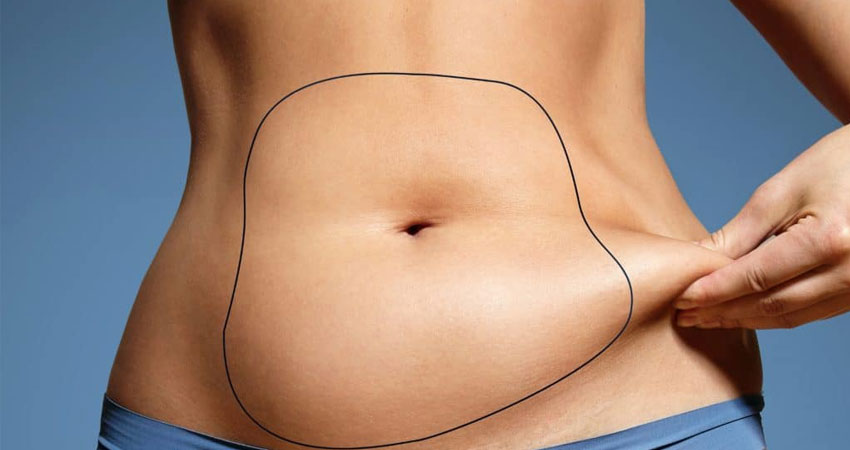
Liposuction
Liposuction, also known as liposculpture or suction assisted lipectomy, is a technique to remove unwanted fat deposits from the body. The unsightly distribution of body fat is usually due to an inborn tendency to deposit fat in one particular area of the body, most commonly the hips. Other areas include; the neck, arms, tummy, loins, thighs, inner side of the knees and the ankles. Liposuction is neither a substitute for dieting nor a cure for obesity. Persons with easonably normal weight and healthy elastic skin with extra localised fat in certain areas, get the best results from this procedure. (Healthy elastic skin has the capacity to shrink after the surgery). Fat cells cannot regenerate or multiply. And so, the fat cells that are removed by this procedure are removed for ever.
The Operation
A narrow metal tube is inserted through a small incision in the nearby skin. It is attached to a strong vacuum pump by a transparent plastic tube. This metal tube is then drawn back and forth within the area of excess fat to loosen and suck out the fat. The process removes tunnels of fat leaving the small blood vessels and nerves intact. The skin will then retract. There are some minor variants in the techniques. Some surgeons inject the area to be treated with solutions (wet or tumescent technique) others do not. Suction is usually applied with a powerful vacuum machine, but it is some-times perfectly adequate to use a simple syringe for small areas. Ultrasound assisted liposuction is another variant wherein ultrasound is used to break the fat globules which are sucked out through the tube into the vacuum machine.
This procedure is usually carried out under a general anaesthetic and will need 1-3 days of hospital stay after the surgery depending on the area treated.
Limitations
It is important for you to understand that liposuction is not a treatment for obesity. The amount of fat that can be removed from a localised area is limited by what is safe (maximum of 2-5 litres) Therefore it may not be possible to slim down an area as much as you might like. Further treatments may be carried out in the same area after six months. In certain situations the skin is inelastic and loose. Liposuction in these areas will then tend to leave the skin more loose and it may be recommended that a skin excision be carried out to correct this, either at the same time as the liposuction, or as a second procedure. This is most likely in the abdomen, after pregnancy or weight loss, the buttocks or the neck. Dimples and wrinkles of the skin, sometimes called cellulite will not be improved by liposuction.
Risks
This operation which is done under general anaesthetic carries with it a small risk of infection and thrombosis of the veins. Heavy bruising can happen particularly in patients who have a tendency to bleed or have been taking aspirin or anti-inflammatory drugs. Serious infection is very rare, but there is sometimes inflammation in the areas that have been treated with perhaps some oozing from the incisions. It normally settles with a course of antibiotics. Thrombophlebitis (which is an inflammation of the veins and not the same as thrombosis) can occur around the inside of the knee and inner part of upper thigh when these areas have been treated. It gradually settles over a period of weeks. The surface contour over the treated areas can sometimes be irregular particularly if a lot of fat has been removed Occasionally the skin appears to be tethered to the deep tissues, this is part of the bruising and will settle in time.
After The Operation
You can expect considerable bruising which will be uncomfortable and at times painful. The larger the area treated the greater it will be. The discoloration of this bruising will usually last for about a month, but the lumpiness and swelling of deep bruising can take up to six months to disappear, particularly when the abdomen or ankles have been treated. As swelling can take a long time to settle you may not see the full benefit of the operation for up to six months. You can expect some numbness in the treated skin which lasts for several months.
You will have small scars 1.0 to 2.0 centimetres long at the sight of insertion of the suction cannulae. There is a small risk in some people that these scars may stay red for a while but they are usually sighted in less obvious areas. If you are having treatment to your legs you may find that your ankles are swollen for a few weeks and if your ankles themselves have been treated, they may stay swollen for a few months.
 WhatsApp
WhatsApp